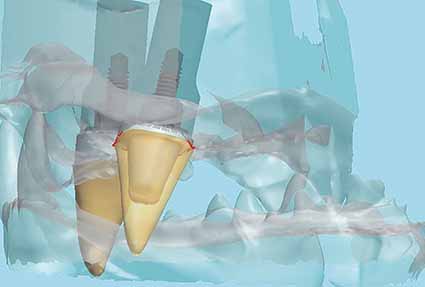Feline dental implants: new paradigm shift in maxillary alveolar osteitis treatment planning with osseodensification

Published: 1 July 2019
Abstract Views: 1578
pdf: 630
Publisher's note
All claims expressed in this article are solely those of the authors and do not necessarily represent those of their affiliated organizations, or those of the publisher, the editors and the reviewers. Any product that may be evaluated in this article or claim that may be made by its manufacturer is not guaranteed or endorsed by the publisher.
All claims expressed in this article are solely those of the authors and do not necessarily represent those of their affiliated organizations, or those of the publisher, the editors and the reviewers. Any product that may be evaluated in this article or claim that may be made by its manufacturer is not guaranteed or endorsed by the publisher.


 https://doi.org/10.23805/JO.2019.11.03.04
https://doi.org/10.23805/JO.2019.11.03.04







